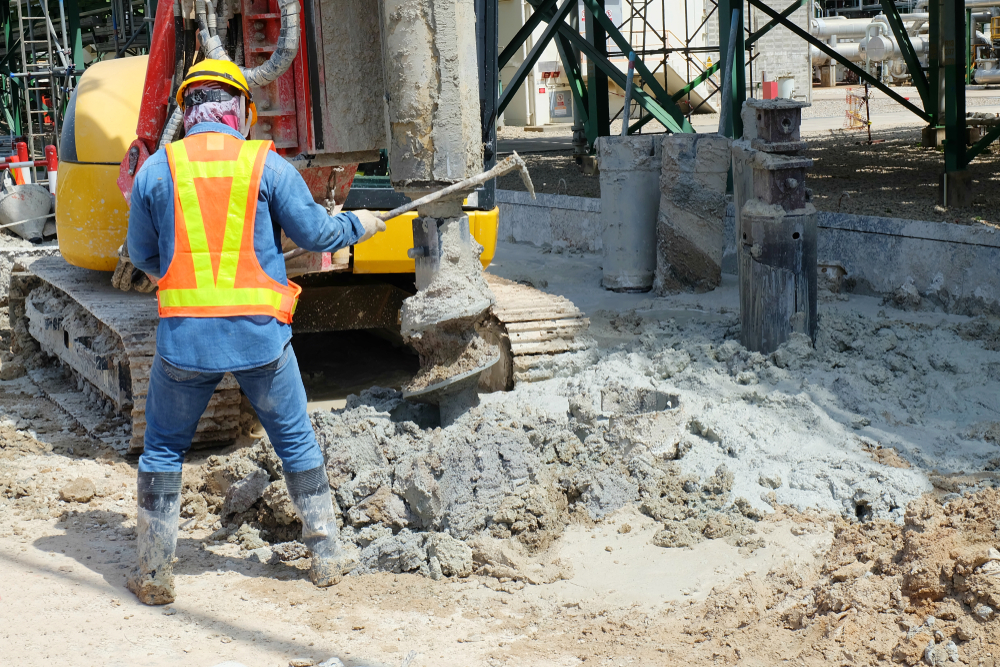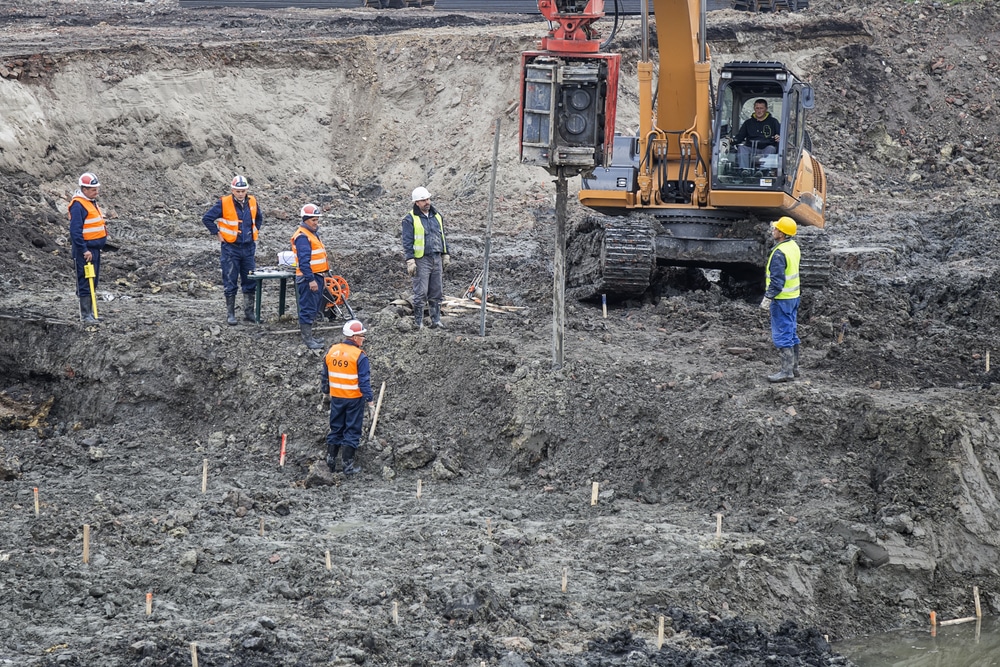Some Of Geotheta
Table of ContentsThe Buzz on GeothetaNot known Facts About GeothetaThe Facts About Geotheta UncoveredOur Geotheta PDFs
They work together with civil engineers, structural designers, engineers, and other professionals to integrate geotechnical considerations right into the overall task layout and building procedure. This requires effective teamwork, control, and interaction to guarantee that the geotechnical aspects straighten with the task purposes and fulfill regulatory requirements.Mining & Products Engineering: Principles of exploration, infiltration rates, and elements affecting the choice of drilling approach. Blasting methods in surface area and underground functions. Mechanical and constant strategies to fragmentation, consisting of longwall shearing and fullface boring.
Modelling of piece and fragment dimension distributions; comminution as a transfer function. Comminution innovation: squashing, grinding, size classification. Integrated analysis of fragmentation and comminution operations. Supplied by: Mining & Materials Design.
3 Simple Techniques For Geotheta
Bachelor's degree programs in civil, geotechnical, geological, and ecological design commonly last four years and consist of basic education training courses in English, social science, and the humanities, along with courses in sophisticated mathematics, structural geology, and fluid mineralogy. (https://penzu.com/p/952dfde2dba9ee4f)
Geotechnical design entails the assessment of the dirt and rock problems at a particular site, and their effects for the advancement of that site. As many frameworks count on the ground for support, it is without surprise that an in-depth understanding of the ground conditions, and the viability of foundation systems, are vital to the long-lasting security and performance of the building or framework.
The geotechnical team at Douglas Allies consistently speak with designers, layout designers, developers, and home builders to make referrals on layout and development proposals to guarantee that the constructed frameworks are accordingly made for the ground problems. For instance, the layout of footing systems requires to take into consideration the weight of the structure, the capability of the ground to sustain that weight along with activity resistances and efficient building.
The Greatest Guide To Geotheta
This task is significantly streamlined by the use of our Douglas Map geospatial platform which makes this details conveniently obtainable in a very easy to use web browser user interface. A geotechnical designer will certainly route the drilling of boreholes and examination pits to gather soil and various other samples, and also analyze surface attributes and ground exposures to develop a geotechnical model of the subsurface conditions.
Depending on the project kind and ground conditions came across, laboratory screening may to name a few points assess stamina, compressibility, sensitivity and/or permeability of dirt and rock samples. After this data is collected and collated, the outcomes are used for a geotechnical design of the site, which is usually provided as areas across the site.

A geotechnical examination naturally can just assess the ground problems at the places drilled or dug deep into. All-natural variants in dirt and rock problems can happen throughout a site and in between examination areas. It is consequently good method that the geotechnical engineer be preserved throughout building of the task to offer on-site verification that the ground conditions come across follow the assumptions and advice offered in the geotechnical investigation report.
The Facts About Geotheta Revealed
Geotechnical engineers utilize their in-depth understanding of dirt and rock to examine threat and address issues on diverse infrastructure projectsGeotechnical design is a specialist branch of civil engineering which takes a look at the behaviour of planet materials and the application of soil and rock mechanics. Consulting Engineers. As a geotechnical designer, you will evaluate the physical, mechanical and chemical residential or commercial properties of dirt and rock in order to create foundations, preserving structures and earthworks
Geotechnical design is closely linked to and overlaps with, both design geology and ground engineering - http://go.bubbl.us/e3adfd/a28b?/Geotheta. It's feasible to specialise in geotechnics or work for a geotechnical firm however be referred to as an engineering rock hound or a ground designer. As a geotechnical engineer, you'll require to: develop and maintain relationships with customers and various other professionals associated with the site, throughout each projectmaintain safety and security requirements on site bear in mind cost implications when you make recommendationsstudy geological maps and aerial photographs from a variety of sources and from different time periodsexamine building and construction plans to see exactly how practical they are based on your understanding of the siteinvestigate dangers or geological dangers for the sitesearch for eco sensitive features, such as landfill begin to develop factual and expository ground modelsplan field investigationsdrill and evaluate examples of bedrock, dirt, groundwater and extra products monitor various other specialists on sitesolve technological issues as they develop, such as unforeseen structures at drill sitesmonitor problems during and after building and construction to make certain structures are steady in the brief and long termadding information collected on website to your preliminary researchcreating geotechnical estimations, drawings, and 2 or three-dimensional computer designs analyzing the datamaking recommendations concerning the proposed use the site

Comments on “The 6-Second Trick For Geotheta”